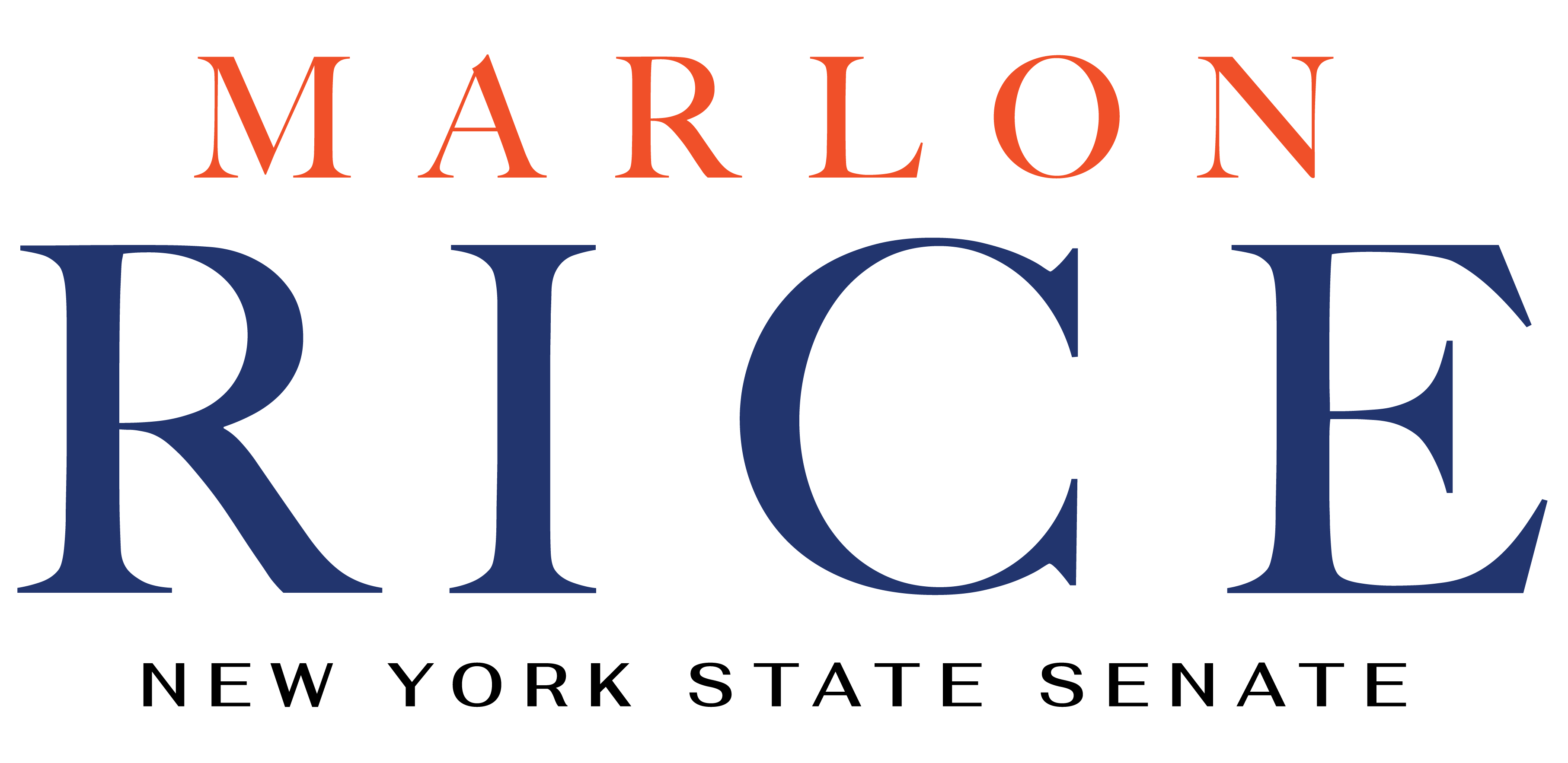Platform
Community Power
Housing
Public Safety

Education
PUBLIC SAFETY
Here’s the truth: Law Enforcement Organizations are not some single
ubiquitous institution solely in charge of and accountable for public safety. One institution cannot possibly be responsible for the safety of all people. It is paramount at this moment that our strategies as it relates to public safety be centered on the public. WE are in charge of public safety.
And, we know that public safety doesn’t start at crime. Public safety starts at shifting the environment and where our youth and our most disadvantaged residents place their time and energy. The most basic marketing principle is that it takes seven touches for a potential customer to internalize or act upon your call to action. Are we touching at-risk youth seven times with regards to our messaging regarding public safety?
It’s time for us to look at new and exciting ways to connect to the community about public safety from a generative standpoint using the same tenets of marketing that corporations and marketing professionals use to elicit buy-in from customers.
I will call on Public Safety initiatives and Community Based Organizations to work with me on the It Takes A Village campaign. It Takes A Village is an opportunity for our brightest minds in public safety to work alongside some of our brightest marketing minds in community in order to create a playbook of actionable items that can be implemented, measured and analyzed. Concepts like identifying your audience, targeting your audience, gaining trust from your audience, owning mindshare with your audience, incentivizing your audience – these concepts are commonplace in marketing spaces, but these same concepts can be put to use in community to magnify the work of public safety initiatives.
Our District will be an active incubator for youth development, because we will prove that it takes a village to raise them up.
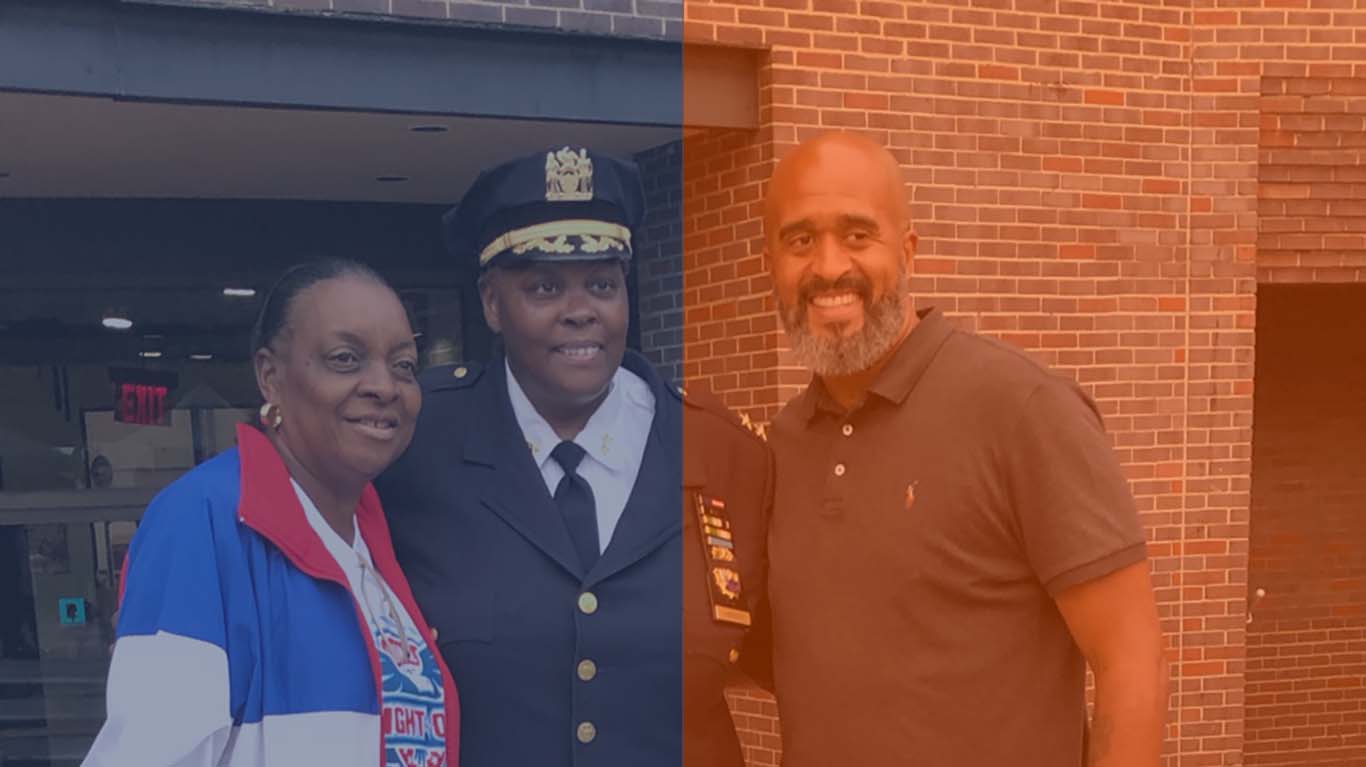
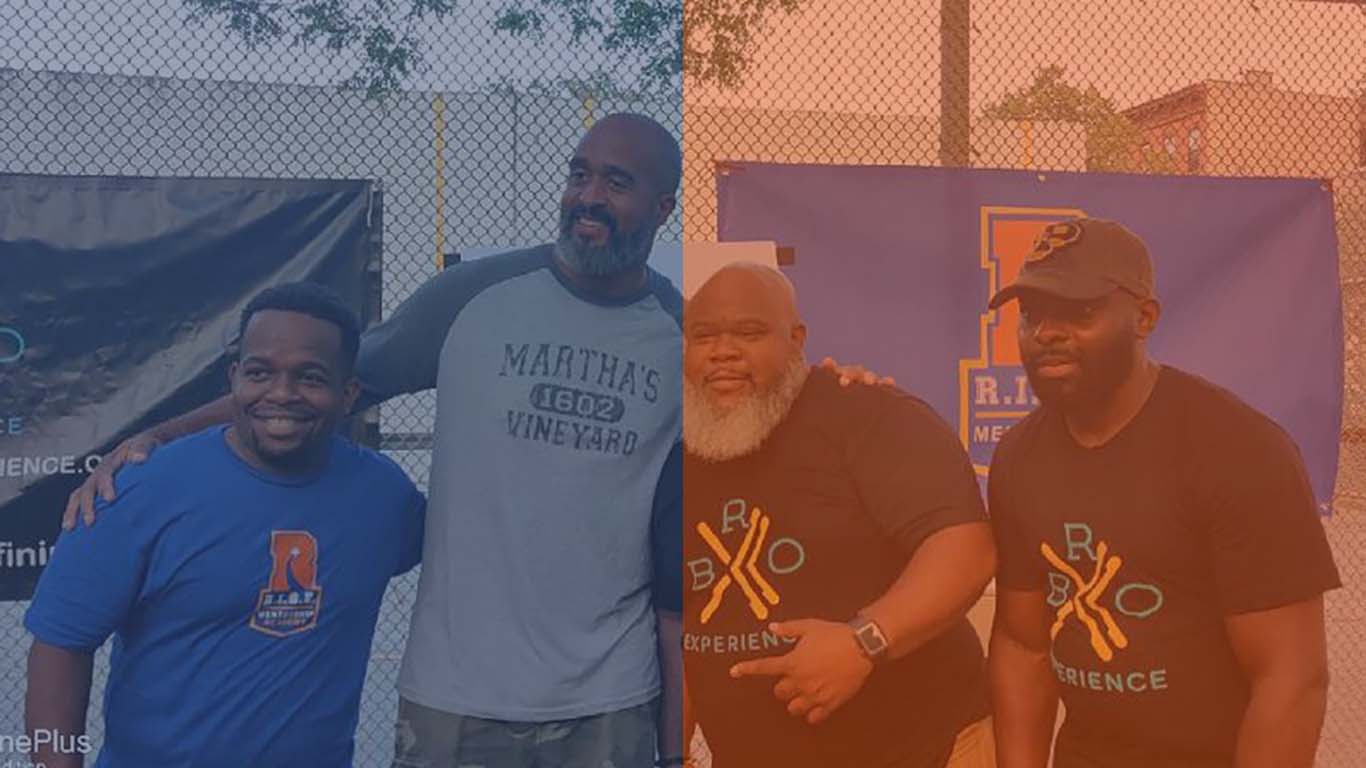
MENTAL HEALTH
We have a mental health crisis happening in our city. Spend some time
walking through our communities or taking the subway and you cannot deny that thepressures that come from a stiffening economy, the remnants of the pandemic and the elevated levels of stress and struggle are taking its toll.
Whole body health and wellness is at the forefront of my platform, and that starts with our mental health. We simply cannot continue to ignore what we clearly see going on with our neighbors, our family and even ourselves.
And so, I support passing legislation such as the TACTIC act, which would provide for trauma informed care training for all New York City teachers, and would create a Department of Trauma Informed Care to assign trauma informed care specialists to schools and to report to the TACTIC council with regards to the care provided in schools. I also support creating trauma care spaces in our city’s migrant shelters and homeless shelters and to utilize our holistic health community to assist in the work of trauma care to the demographics that are the most needing of it
COMMUNITY HEALTHCARE AND OVERALL WELLNESS
A strong and vibrant community is a community that is above standard with regards to the social determinants of health. Among these determinants are: Economic Stability, Education Access and Quality, Healthcare Access and Quality, Neighborhood and Built Environment, and Social and Community Context. Each module is of the utmost importance to be solved, and the solution of each module is contingent upon the standard of the others. If our community is going to thrive, it will be as a result of the attention and action we give to ensuring that we live in a healthy community. And, this means designing new ways to attack these social determinants of health.
And so, I support the creation and implementation of a full-on Financial Literacy curriculum for EVERY grade and in EVERY school in our District. This curriculum will include everything from basic bank account and savings strategies, to business development and proposal and grant writing. Our children will leave our schools with more than a decade of learning financial concepts, and that alone with place them in a better position on the way to economic stability.
We have to shift the way in which we offer healthcare to our community – specifically to our men. We know that Heart Disease is the number one killer of both Black Men and White Men over the age of 40. We also know that men are the least likely to have consistent annual physicals and regular doctor visits. We also know that the chronic illnesses and the early death of our men has the potential to destroy the family structure and create distress both in the home and in the community. If we are to strengthen the family unit in our community, then we have to protect and provide for the health of our men.
And so, I will call on our HRSA funded Health Centers to use their connectivity to community to create and implement initiatives that center on Men’s Health. We want constant outreach and data collection. We want to meet our Men where they are, and to be a consistent reminder of the need to be health-conscious.
Most importantly, we want to have conversations District-wide and to regularly discuss the things that are working, and to be willing to pivot away from the things that aren’t. We know that we are living in an ever-changing District. But, we are ONE DISTRICT. Our separation and our silos do not make our community a more healthy one.
And so, I will call on the community and industry leaders in our District to convene on a regular and consistent schedule to discuss this District and its needs and requirements in order for us to be a more healthy community. The 25th District will model a NEW way to build a healthy community.
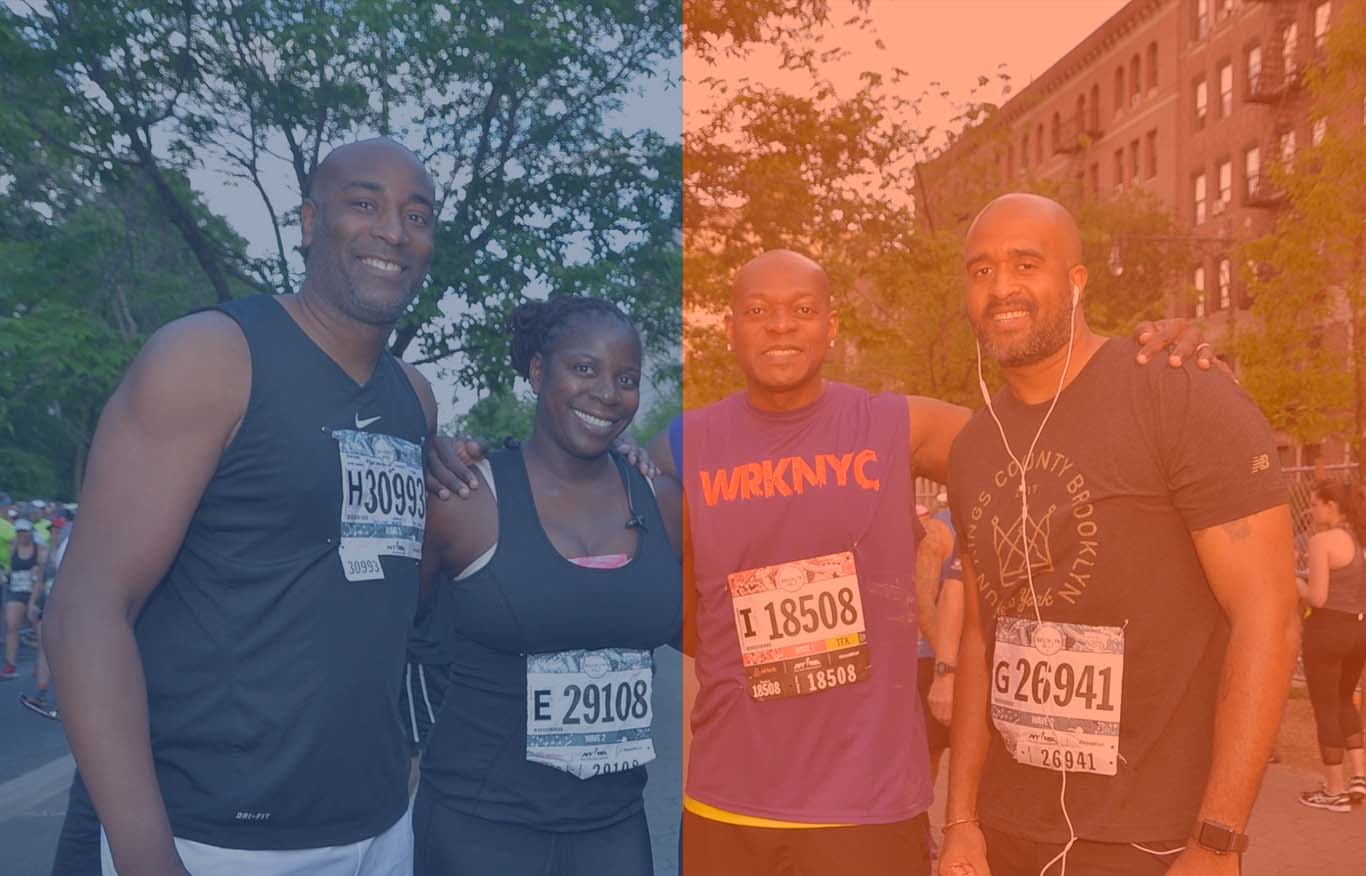
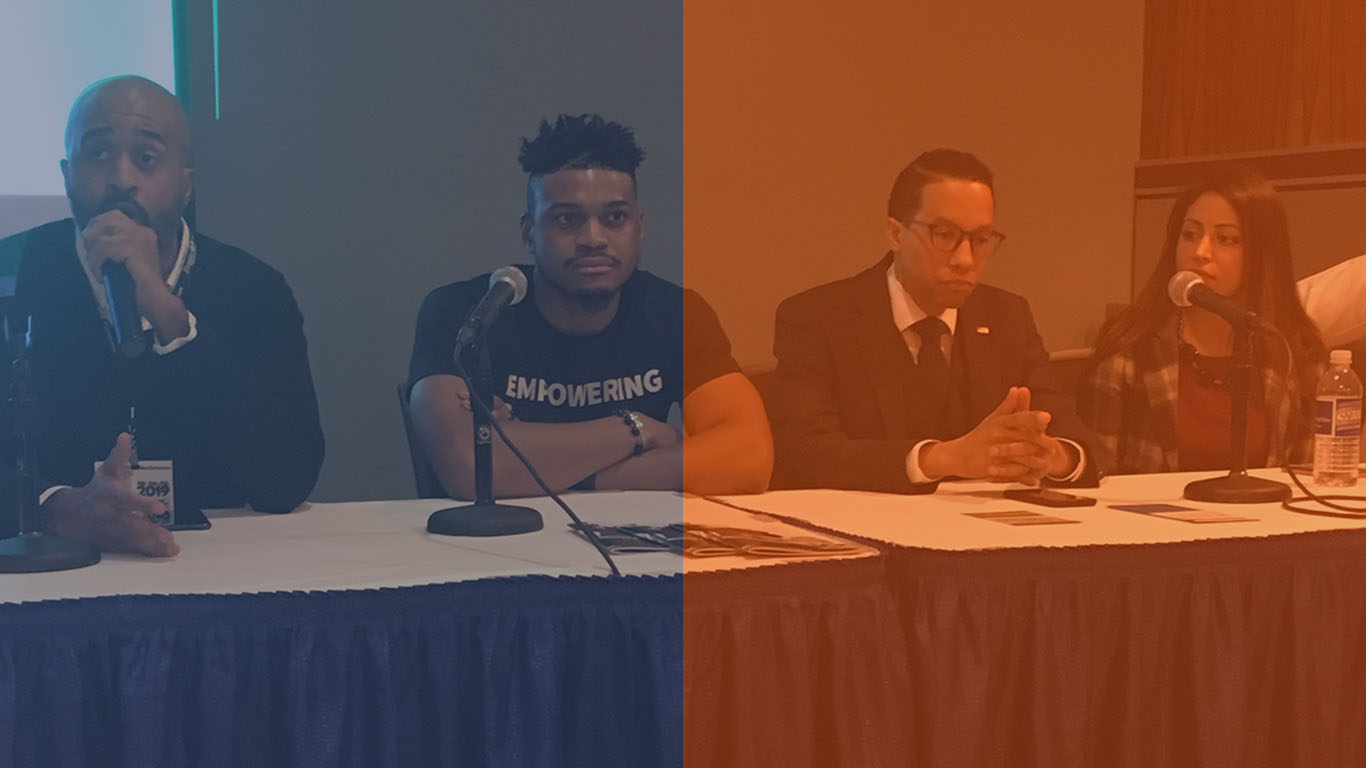
AI AND THE DIGITAL DIVIDE
The world is moving into a new era of technology. AI and its implementation in industry will change the landscape of workforce development in the very near future. The AI revolution has the potential to exacerbate existing digital divides, limiting equitable access to its benefits. This divide will impact educational outcomes. It will impact health outcomes. It will impact the overall quality of life.
And, our most underserved communities are in the most danger of suffering the results of this unequal access.
We cannot allow that to happen. I support projects and initiatives that will build and reinforce digital confidence at every level of community. I will work with the Office of Strategic Workforce Development to identify AI companies that can do the work of workforce development in our communities, and connect our constituents to opportunities to advance their skill set through education. I will connect our community based organizations and nonprofits with access to AI equipment that will give these organizations the tools and resources needed to become more efficiently run and more competitive across the board.
Most importantly, though, I will advise our Legislative body to review the key AI actions taken by our Federal Government as per the President’s Executive Order on AI, and to begin the work at the State level of “seizing the promise and managing the risks” of AI.
SMALL BUSINESS
Small Business is a sector that is very dear to me. The small business
sector provided for me as a child, gave me opportunities to learn skills as an adolescent and served as a backdrop for my work in community as an adult.
Our city is a city of small businesses. 89% of the 220,000 businesses in the city have less than 20 employees. These businesses are the lifeline of our community’s connection to products and services. These businesses employ our residents and these businesses are owned by our residents.
Simply put, the success of the District is entangled directly with the success of our small businesses.
I would look to support the small business sector in the following ways:
First, we understand all too well the importance of information and education in the scope of business. Related to this, I would support a bill that would allow for a free- or low-cost, State-run continuing education program for small business owners. We need our small business owners to be successful, and the best way to ensure that is through a continuing education model that is both affordable and accessible.
Secondly, I would look to partner with our BIDs to create an incubator program for entrepreneurs looking to start a small business. This incubator would be a full-on intensive for students on the basics of business, and would culminate in each student having a comprehensive business canvas and the business management skills needed to open and maintain a business.
Finally, I would support the work of every merchant’s association in the District and would look to create and support a District-wide Merchant’s Association to magnify advocacy across neighborhoods. The voice of the small business owner in the 25th District would absolutely be heard on my watch!
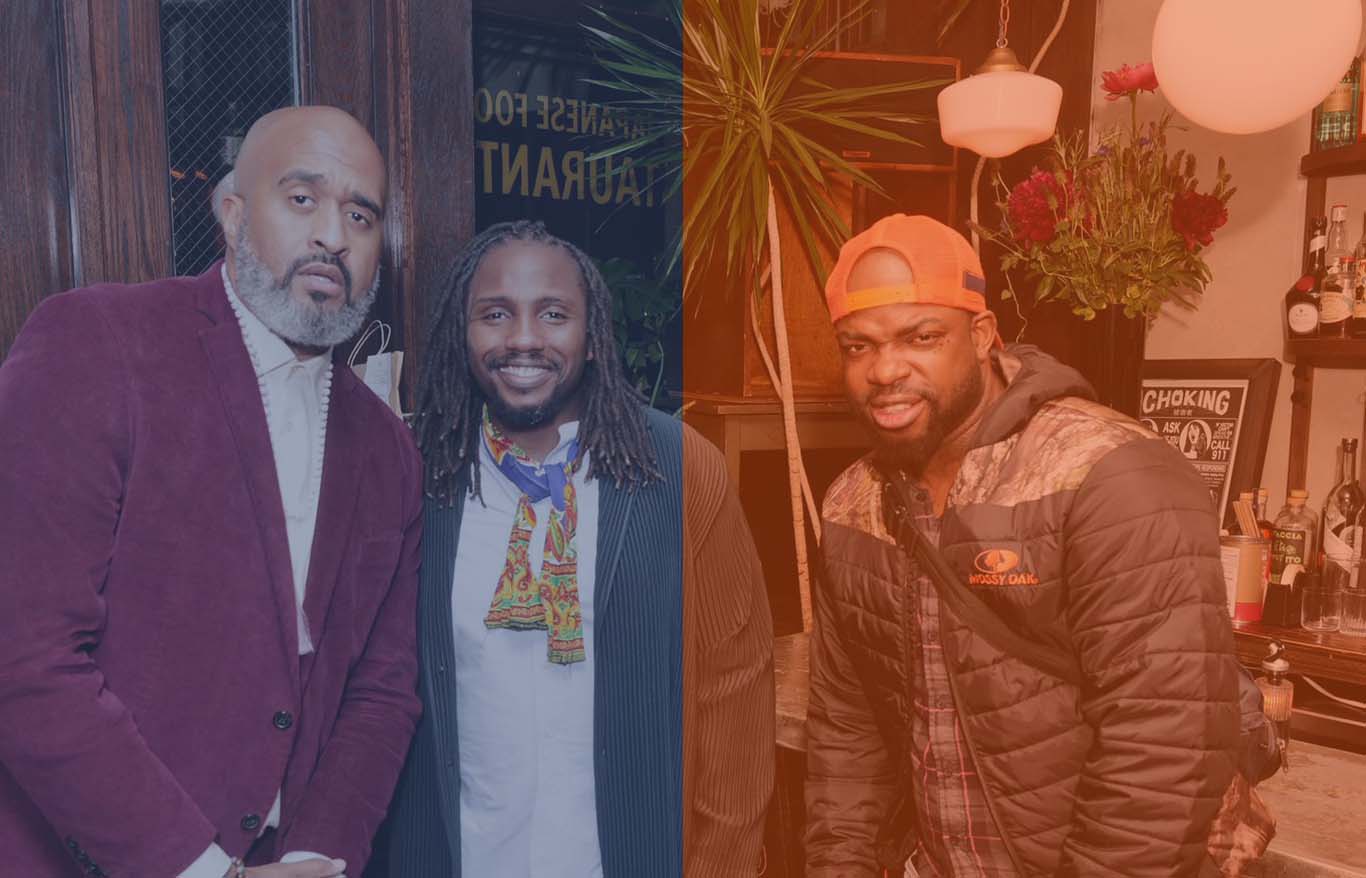
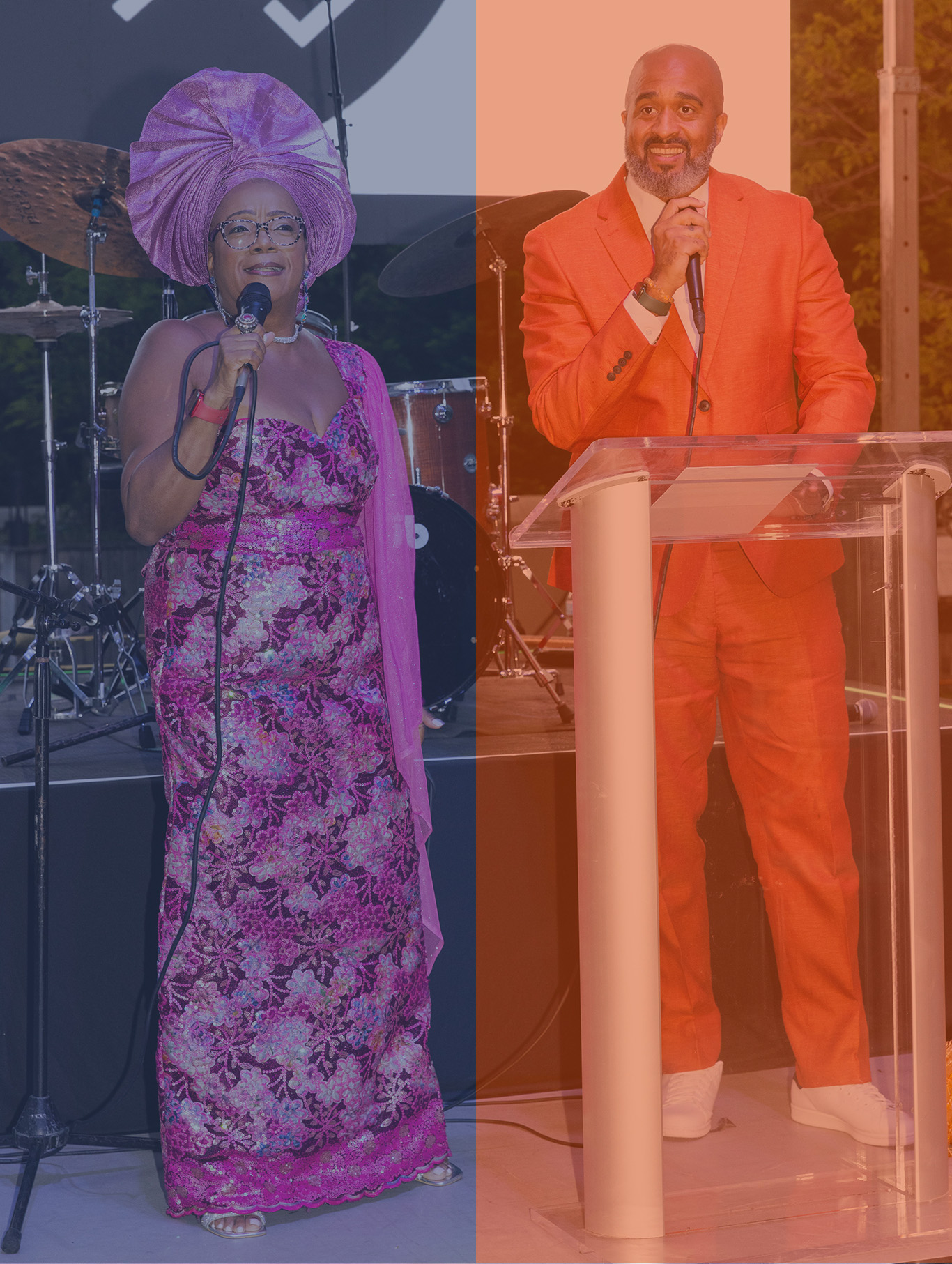
ARTS AND CULTURE
What I am known for the most in this District is being a culture curator. Ever since 2009, I’ve used our outdoor spaces and our bars, taverns and event spaces to program culturally significant programming for this District. And, whether a panel discussion or a block party, the intent has always been the same: Anytime you bring neighbors together to socialize, you have the chance to strengthen community.
I can assure you that my opponent has NEVER closed the ranks in community under the positive environment of socialization in the way that I have. Here is a secret: The 25th District is home to more artists and creatives as any District in the City. Here’s another secret: Culture Curation has brought millions to the District in the form of tourism, destination events, sponsorships and the like. Our home-based businesses and merchant vendors are able to maintain their lifestyle because of culture curation in the 25th!
Our ability to frame this District as a cultural destination keeps our artist community working, it keeps our small businesses thriving, and it keeps our communities vibrating higher. Positioning the 25th as a CULTURAL DISTRICT has to happen. From archiving the legacy of this District, to supporting the cultural institutions that do the work in the District, to bringing back the INTERNATIONAL AFRICAN ARTS FESTIVAL to the District, we are poised to redefine the 25th as the Cultural Hub of New York City.
